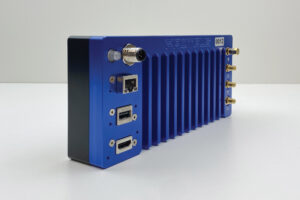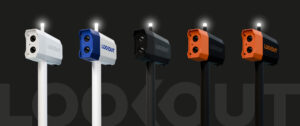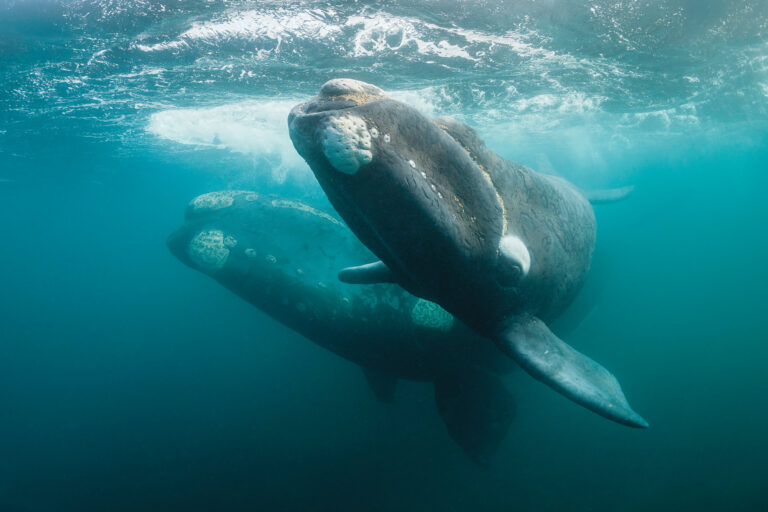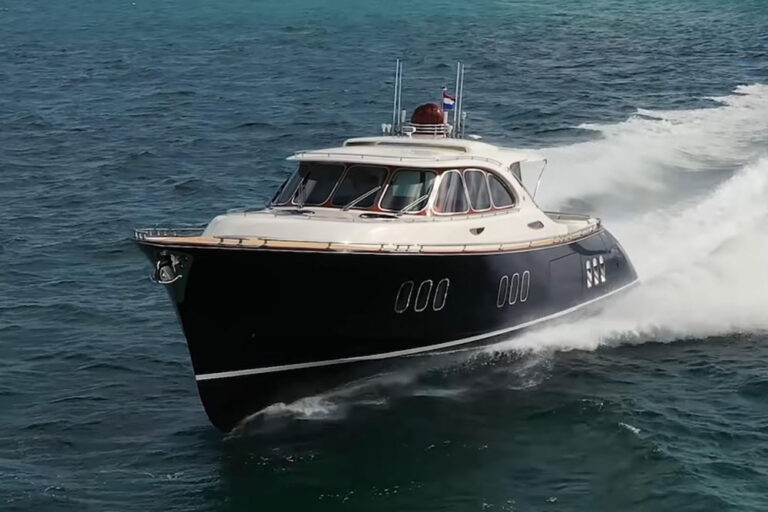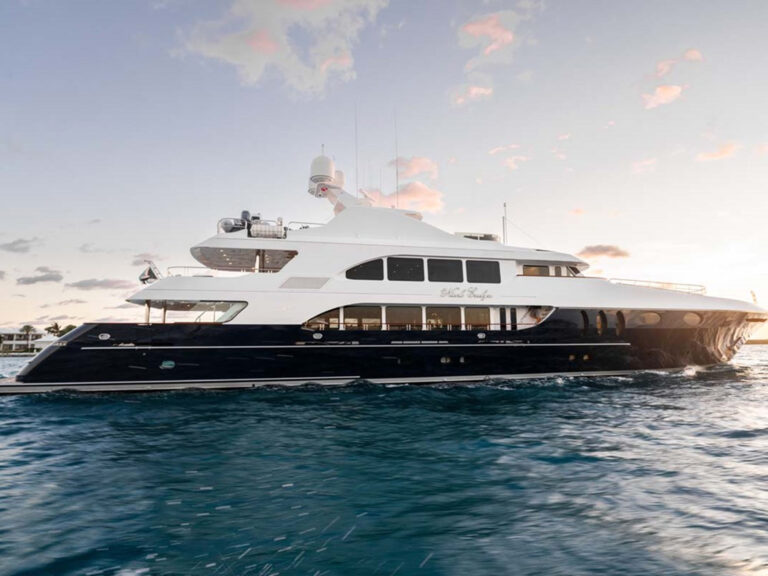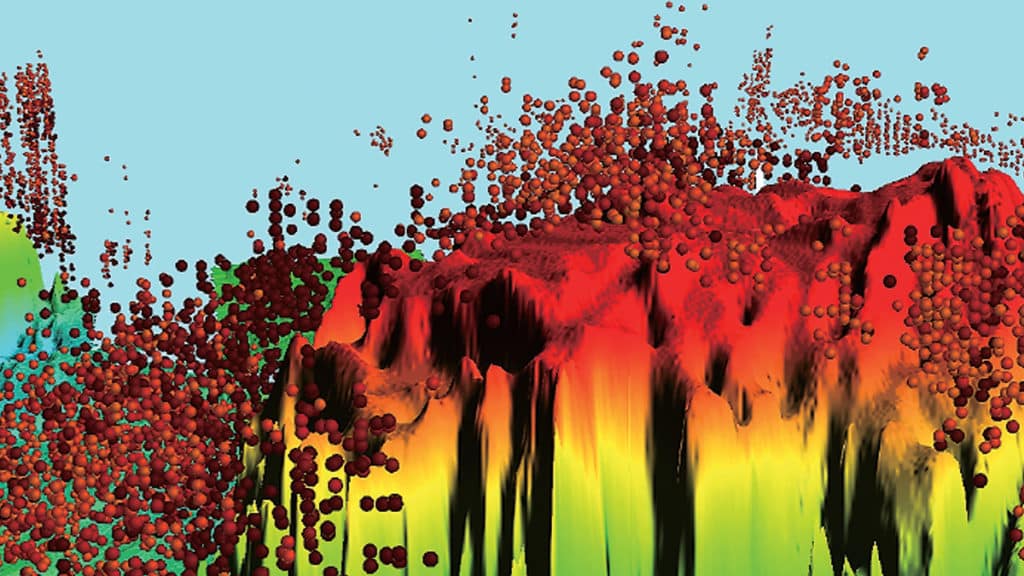
Our first experience with WASSP’s true benefits was when we were fishing down the Baja Coast,” says Capt. Rich Hamilton of Quiteña, a Viking 62 sport-fisherman, about an area he’s known for years.
“After mapping it, we discovered several new ridges and high spots,” he says, talking about the underwater contours. “We ended up with better numbers and quality fish than we’d ever experienced before in that area. … Once you have a hyper-accurate bathymetric chart of your fishing area, you don’t need to set waypoints. You have the treasure map.”
Every angler wants that treasure map, of course, and getting it requires using sonar: a vessel’s underwater eyes and ears. But unlike human senses, sonars can be optimized to identify specific targets such as wrecks, structure or even fish species. The ability to fine-tune a sonar’s attributes opens worlds of possibilities while delivering exponentially better performance than a midlevel 50/200 kHz fish finder.
In stereo terms, the difference between a high-end sonar and a midlevel fish finder is like the difference between a Bluetooth-enabled speaker playing compressed MP3 files and a rack-mounted receiver playing lossless audio (or a record) over a multispeaker installation that was selected and tuned to match your musical tastes and your living room’s acoustics. Furuno’s WASSP multibeam sonar system is like the high-end audio setup, providing some of the best image resolution, target separation and filtration, and seabed presentation available — while being scalable with a choice of transducers, software modules, and heading and motion sensors.
At its core, WASSP consists of Furuno’s digital WMB1320F black-box sonar transceiver module ($10,275) paired with an owner-supplied PC running Windows 8.1 or 10 and an external monitor, as well as Furuno’s F3 ($7,220 to $8,220) or F3L ($17,720) fixed-mount, multibeam transducer. Both the F3 and F3L versions deliver eye-popping 2D and 3D sonar imaging, and each has a phased array of 112 elements delivering 224 beams, which scan 120 degrees under the vessel, port to starboard, delivering what Furuno calls 120-by-4-degree scanning.
“The number of beams translates to the accuracy of mapping targets,” says Matt Wood, Furuno USA’s national sales manager, “and gives WASSP the ability to look at ever-smaller objects.”
He says that WASSP can detect 3- to 5-inch targets, or smaller, throughout its range. Additionally, both transducers work with the system’s user interface to deliver georeferenced, tide-compensated data.
While many of the specs are similar between the F3 and FL3 transducers, the units broadcast on different chirp frequencies and deliver different ranges. Anglers who fish inshore are best served by the F3, which chirp-broadcasts across frequencies from 136 to 184 kHz (160 kHz center) and delivers sonar imagery across up to 656 feet (port to starboard) and down to 1,312 feet. Bluewater fishermen should consider the lower-frequency F3L, which chirps across the 68 to 92 kHz frequency range (80 kHz center) and delivers sonar imagery across up to 1,476 feet (port to starboard) and down to 2,952 feet.
“It’s a Swiss Army knife,” Wood says of WASSP, which has found fans of everything from bottom mapping to shipwreck searching among sport and commercial fishermen, the National Oceanic and Atmospheric Administration, the U.S. Navy and the Canadian Coast Guard. “It can adapt to many applications.”
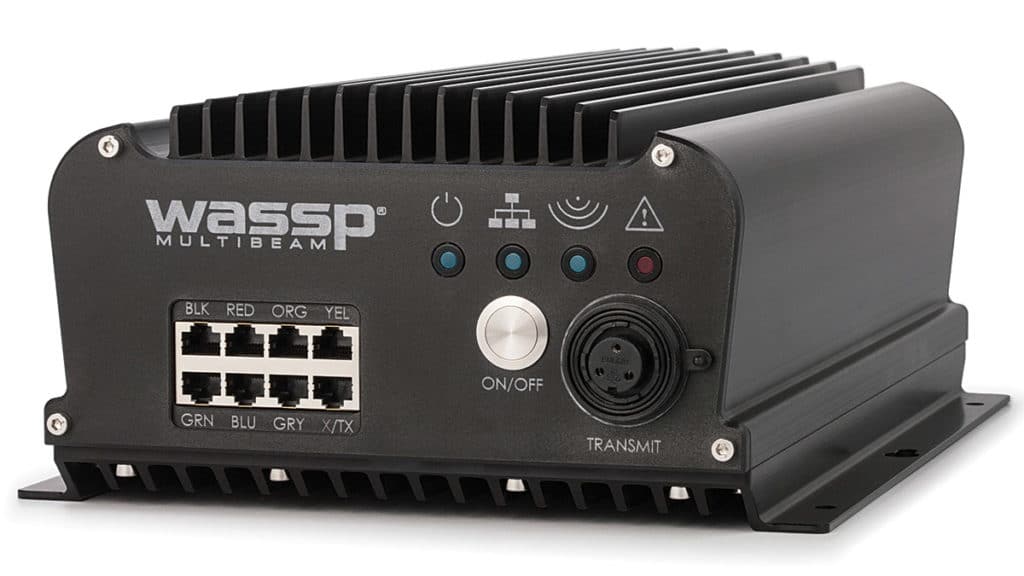
While transducer choice dictates the depths and swath sizes that can be scanned, WASSP customers also select from Furuno’s menu of software modules ($995 to $3,000). The software dictates many of the setup’s signal-processing and networking capabilities, as well as whether it will be optimized for targeting pelagic species or determining bottom types.
For example, users can add software functionality for backscatter such as bottom hardness, or for water-column targets, or for enabling data export to third-party software in XYZ or GSF file formats.
“These software licenses unlock certain additional functionality,” says Wood, adding that WASSP’s scalability primarily pertains to its advanced-imaging and bottom-recording capabilities. “The most common license is the third-party software license required to connect to a partner program like Nobeltec TZ Pro or a survey program like Hypack.”
WASSP also lets users generate 2D and 3D bathymetric charts using multibeam sonar-scanning capabilities (called CDX software) and Nobeltec TZ Pro WASSP software ($1,500). Coupled with the system’s bottom-discrimination capabilities, this functionality offers anglers the ability to create highly customized cartography of their favorite canyons and zones.
WASSP sonar systems can be networked with a yacht’s NMEA 0183 or NMEA 2000 backbone to access networked GPS and heading-sensor data (for example, from a Furuno satellite compass), and can be networked to a personal computer via an Ethernet connection. Users can add an inertial navigation unit such as Furuno’s WSP002-INU ($8,000) or a third-party sensor (starting around $3,500) that removes vessel motion from the sonar data. This is important for creating custom 2D/3D cartography, and it’s critical for collecting high-resolution bathymetric data.
Given WASSP’s maximum vertical resolution of just 25/32 inches, the odds are excellent that its 224 beams will light up anything of interest around the vessel while delivering impressive image resolution, clarity and target separation. WASSP is a semicustom technology for professional-level scanning and fish-stalking capabilities, with the frequencies, beams and post-processing capabilities needed to ensure that the big one doesn’t go unnoticed.


